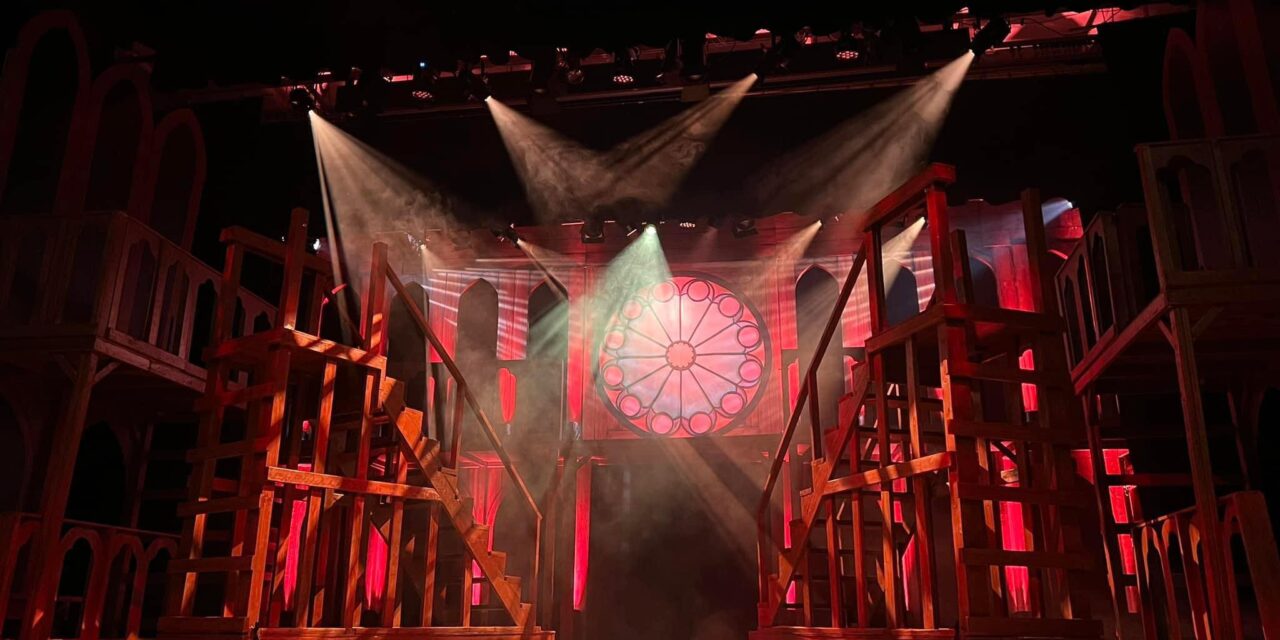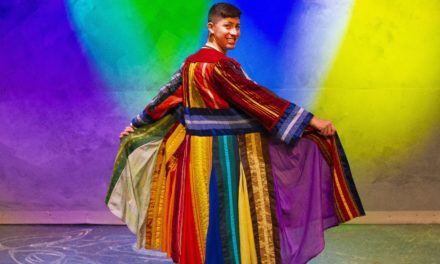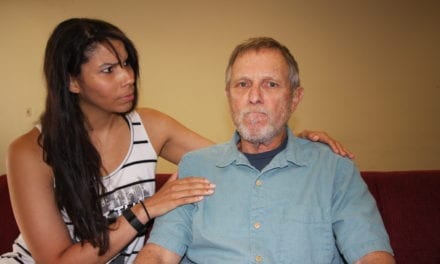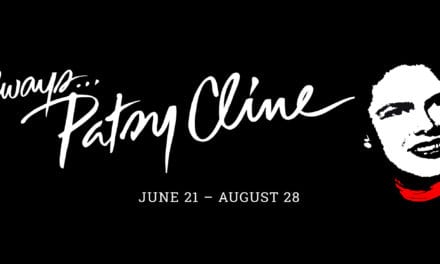AMERICAN FORK — It’s easy to read the words in Andrew Jeffereies director’s note where he discusses “vibrant magic and energy that infused our entire production,” and sigh about the platitudes of someone too close to a story to see it work well. We’ve all heard someone talk about something they were excited about a little too enthusiastically or laugh a little too hard at their own joke. If you’d asked me fifteen seconds before the start of Timpanogos Community Theatre’s production of The Hunchback of Notre Dame by Peter Parnell and James Lapine, I would have nodded that I expected this. I heard ushers rave about lights that had been worked hard on, and a cast that told a great story and I nodded politely. I was not prepared to be impressed. I was. I was impressed again and again by a powerful community production of a show that I don’t particularly love the adaptation of.
Hunchback draws from the novel by Victor Hugo and uses music and lyrics from Alan Menken and Stephen Schwartz. It tells the story of a cruel man named Frollo who is charged with raising a child he caused to be orphaned, but who was disfigured from birth. He calls the boy Quasimodo and the production follows Quasi’s heroic journey to rescue someone who does not return his affection, but who reciprocates kindness and generosity for others.
While the musical adheres more closely to the novel than the Disney film, I’ve often seen the production be used as a heavy handed attack on all religious figures, rather than the central one who abuses his power and twists words of faith to be oppressive. I appreciated that director Andrew Jeffries struck a nice balance with the themes of this play. The points of each character’s flaws were clear without being drilled into the audience. Jeffereies, in concert with choreographer Stephanie Cole, utilized excellent stage pictures and blocking to help the story move seamlessly between numerous locations and times. I was amazed at how well the story flowed through the entire production due to an exceptionally cohesive ensemble.
This cohesion was seen in sequences where the ensemble had to work to portray strong group emotion. At times this was the somber tone of monks and clergy, and at others it is the chaotic battle for Paris that happens around the cathedral at Notre Dame. But the most impressive moment of this was the incredible shift from joyful crowd to cruel mob during the feast of fools sequence. Watching Quasimodo whipped and scorned brought tears to my eyes that were as plentiful as they were unexpected. It was a beautiful sequence where all production elements worked together to serve a single vision for the scene. Especially in the first act, this happened several times and the strength of this production came from truly impressive, but simple, ensemble work.
The leads were generally very strong. Stanley Johnson’s Frollo was fairly stoic, but his coldness played well into the character’s inner turmoil. Casey Copier was a fun and likeable Phoebus, and it was nice to see him played as a natural charmer rather than an aggressive playboy. It’s a subtle distinction, but the former is likable and sympathetic. Copier and the rest of the cast had solid stage fighting. Teresa Jack was a solid Esmerelda who sang and acted quite well. She was grounded in the character’s most important moments, such as “God Help the Outcasts” and “Someday” but had a playful air that worked well.
The standout performer from the cast was Adam Moore, and it wasn’t particularly close. His vocals were head and hunched shoulders above the rest of the cast, and he did so with great physicality walking doubled over or in a squat for much of the play. He shifted seamlessly between being the hard of hearing hunchback to most of the world, and an animated romantic to his gargoyle friends. His scenes were powerful, but he never felt like he was trying to overshadow his castmates. It was an excellent performance that elevated all around him.
The usher at the door was right. The lighting from Caleb Wallengren was spectacular. Haze and fog can be overdone, but he used it effectively to create incredibly specific beams of light that the cast always found. The mood lighting through the show was profound, and he did an excellent job blending shadows and drawing the audience’s eyes to exactly what needed to be seen. I was late and needed to sit further back, and even from these seats the lights worked to great effect throughout the show. Wallengren and Jeffereies coordinated on a fun effect where “black magic” was used to help characters disappear – though that was much more effective the first time than the second. The show also used exceptionally good spotlighting from Siri Williams who always hit the right marks.
The rest of the technical elements were solid and harmonious with the exception of a couple “hot mic” moments where actors were speaking off stage but could be heard. I was exceptionally touched by the sequence where ensemble members dropped outer layers of costume to reveal a white robed heavenly chorus to celebrate the liberated Quasi and Esmerelda at the show’s end. Due to great cohesion, it felt like a show that knew exactly what it wanted to be, and was the kind of ensemble production that makes it hard to recognize specific moments or performers. Top to bottom, my expectations were turned topsy turvy and the show was a feast for all attending fools. My seatmate mentioned that in his years of attending TCT shows, the quality continues to elevate, and I have to agree. This was a show that was exceptionally good, and not just for community theatre. To cast and crew, well done. The show did have Jeffereies “vibrant magic and energy” and this was an immediately earned standing ovation.





